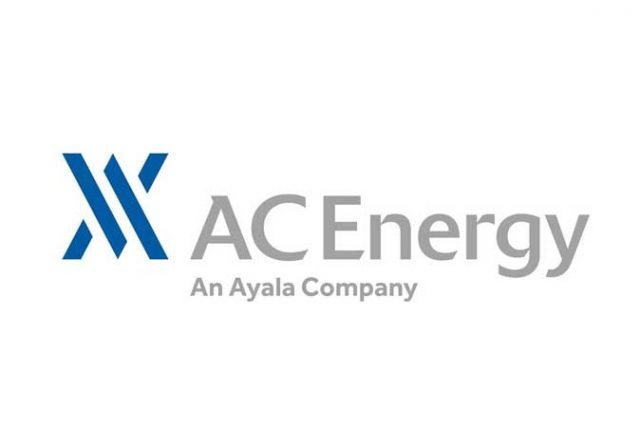In a landmark gesture for humanity, Israelis stepped out into the streets unmasked for the first time in a year on April 18 amid a further easing of COVID-19 safety restrictions. The government has relaxed the mask-wearing rule outdoors in response to its successful mass vaccination drive, which has now reached 5.34 million people or 61.7% of its 9.3 million citizens.
The swift rollout of a vaccination program and a set stringent protocols may be the much-publicized reasons for Israel’s triumph against the world’s archenemy, but new and emerging technologies have a huge impact on the country’s success. While many industries collapsed such as in travel and entertainment, the technology sector in Israel have emerged with renewed energy, with tech players inventing new solutions and adapting products and technologies to ease the burden on the health system, and help people and businesses survive during and beyond the crisis.
A report from the Tony Blair Institute for Global Change cited that at the onset of the pandemic, the Israeli Innovation Authority put out a call for proposals in an effort to speed up disruptive innovations to address Covid-19-related issues. This resulted in commercialized technological solutions in the fields of monitoring, contact tracing and reporting, digital health, ventilation devices and PPE, logistics, and other tech solutions aimed at mitigating the new reality through technology and innovations.
One example is Neura, that released an AI-enabled contact tracing for governments, public health officials and first responders, based on analysis of complex mobile data, without compromising privacy. It offers digital epidemiological investigations, contact tracing alerts and info, and real-time gathering detection for high-risk areas.
Another Israeli company, Clew, developed Al-powered predictive analytics for ICU patients which delivers real-time optimized patient workflow and clinical resource allocation, and early predictive warnings for patient complications (flagging patient deterioration 6-12 hours before condition worsens). The platform utilizes available patient data to provide predictions for early identification and intervention as well as patient prioritization and can be deployed on-premises or in the cloud. This is currently being used in Israel, France and the US.
Yet another, AI’s Sterilisation Robot, wherein Israeli Airforce Industry’s robot carries adapted UV-C technology, designed to disinfect coronavirus facilities at hospitals. It is also used in sterilizing passenger aircrafts to address new requirements for aircraft disinfecting between flights.
There’s a host of emerging technologies, which if rolled out to many countries in the world can potentially slow down, if not, totally end, the pandemic. A study published in the Journal of Clinical and Experimental Hepatology, outlined the innovations utilizing 4th Industrial Revolution technologies to combat Covid-19.
Artificial intelligence (AI) is used in “detecting virus, individuals with fever, and suspected symptoms of COVID-19 through the integration of thermal imaging, AI computer vision, and cloud computing and accordingly advice for the treatment. Further, these have brought down the time of genetic detection to minutes.”
Cloud computing is used to store Covid-related information and made available to enable an enormous amount of computing power to the users with the help of the internet and helps in making real-time decisions in disease modeling. Software can be used with blockchain and other tools to model requirements of critical facilities at a different level, from the hospital to the nation.
Big data provides storage capacity for extensive data of the population in a format that can be used efficiently for analysis and necessary action can be taken toward the prevention of disease transmission, movement, health monitoring, and prevention system.
Telemedicine enables a patient to have a consultation from well-trained professionals on their medical conditions through video calls, avoiding the need for a hospital visit and thus helping the social distancing and man-to-man contact and disease transmission. However, these remote consultations are now possible with using better telecom infrastructure with virtual reality and augmented reality.
Blockchain is used to build algorithms that help provide real-time information to all the strategic partners and traceability in the process of disease control and help toward effective management of the supply chain for vaccines and healthcare supplies.
Internet of things (IoT) applications connect all devices to the internet in the hospital and strategic locations. Thus, these connected devices help to inform the medical staff of any errors and change of requirements during the treatment process.
Drones are used as unmanned vehicles controlled by remote location which can undertake jobs of logistics providers and area surveillance and can also be used for disinfecting remote locations.
Robotics undertakes repetitive jobs with precision and reliability in the hazardous environment of infectious disease in and around the hospitals and can make an intelligent decision with inputs from the population data analyzed through AI.
Additive manufacturing technologies undertake the manufacture of personalized devices for healthcare workers and patients, using 3D printing technology for the COVID-19, whenever required.
These emerging technologies have a critical role to play in containing, managing, and providing solutions to the challenges the world is facing. Coupled with funding, strict social protocols, and political will, these will put an end to the scourge.
The author is Founder and CEO of Hungry Workhorse Consulting, a digital and culture transformation consulting firm. He is the Chairman of the Information and Communication Technology Committee of the Financial Executives Institute of the Philippines (FINEX). He is Fellow at the US-based Institute for Digital Transformation He teaches strategic management in the MBA Program of De La Salle University. The author may be e-mailed at rey.lugtu@hungryworkhorse.com












